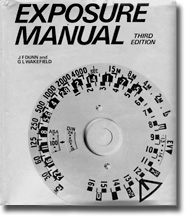- Messages
- 49
- Name
- Chris
- Edit My Images
- Yes
Hi Everyone,
I just wanted to know how people arrive at the perfect exposure for the bride in a pure white dress. Is there a full proof, quick way to do this so that you never blow out the detail?
Would you go for AP mode, zoom in on dress and spot meter it. Record the results and put this into manual mode. Knowing that the camera will try to make the dress 18% grey, how much exposure compensation do you find works best for you where you can get consistent results???
I will be interested in other ways if people would be willing to comment.
many thanks
Chris
I just wanted to know how people arrive at the perfect exposure for the bride in a pure white dress. Is there a full proof, quick way to do this so that you never blow out the detail?
Would you go for AP mode, zoom in on dress and spot meter it. Record the results and put this into manual mode. Knowing that the camera will try to make the dress 18% grey, how much exposure compensation do you find works best for you where you can get consistent results???
I will be interested in other ways if people would be willing to comment.
many thanks
Chris





